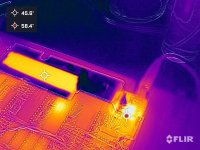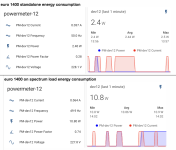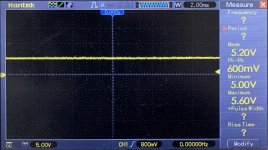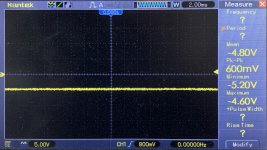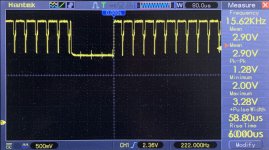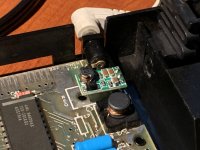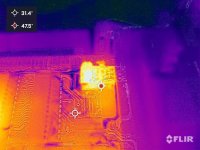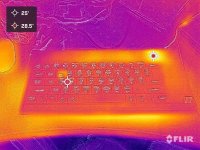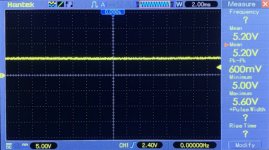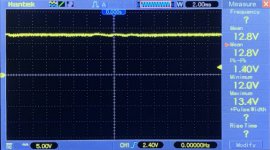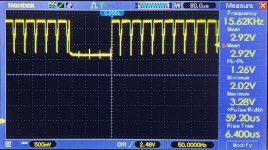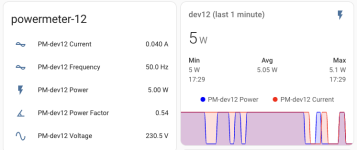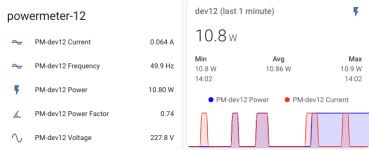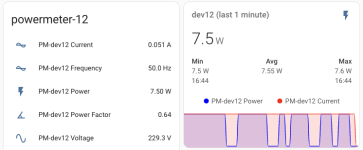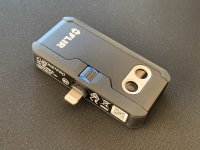Mr.ToR
Member
- Joined
- Feb 26, 2018
- Messages
- 41
Hi speccy friends.
The original power supply for the ZX Spectrum is a simple transformer+full rectifier+smoothing capacitor. I am wondering if a modern power supply is better in terms of noise? A modern one is definitely more efficient but is it at a cost for noise? Should I go with an original ZX Spectrum power supply or a modern one?
Also I can put a modern one inside an original sinclair power supply.
What do you prefer?
What are your thoughts?
The original power supply for the ZX Spectrum is a simple transformer+full rectifier+smoothing capacitor. I am wondering if a modern power supply is better in terms of noise? A modern one is definitely more efficient but is it at a cost for noise? Should I go with an original ZX Spectrum power supply or a modern one?
Also I can put a modern one inside an original sinclair power supply.
What do you prefer?
What are your thoughts?



